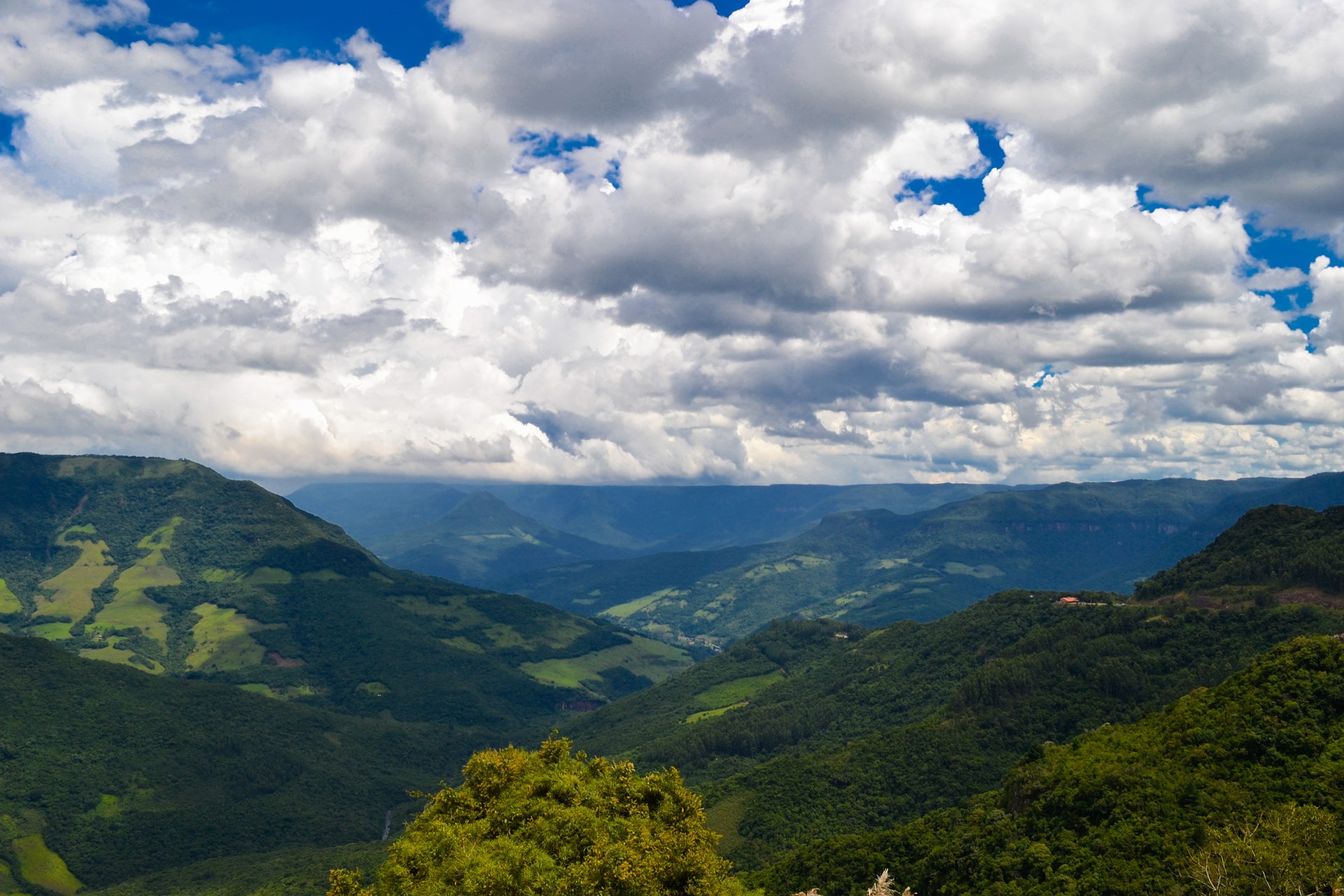
Protecting 36m trees, and growing forest-friendly tea, on South America’s badly deforested east coast.

Around 51,000 hectares of forest have been formally protected to date – but we need to scale up the ambition and speed

Two of the forest’s many rare birds have been lost, but there are still thousands of unique species to save and protect

Thousands of plant species here include the popular tea, yerba mate – which can grow under the forest canopy and provides important income to communities
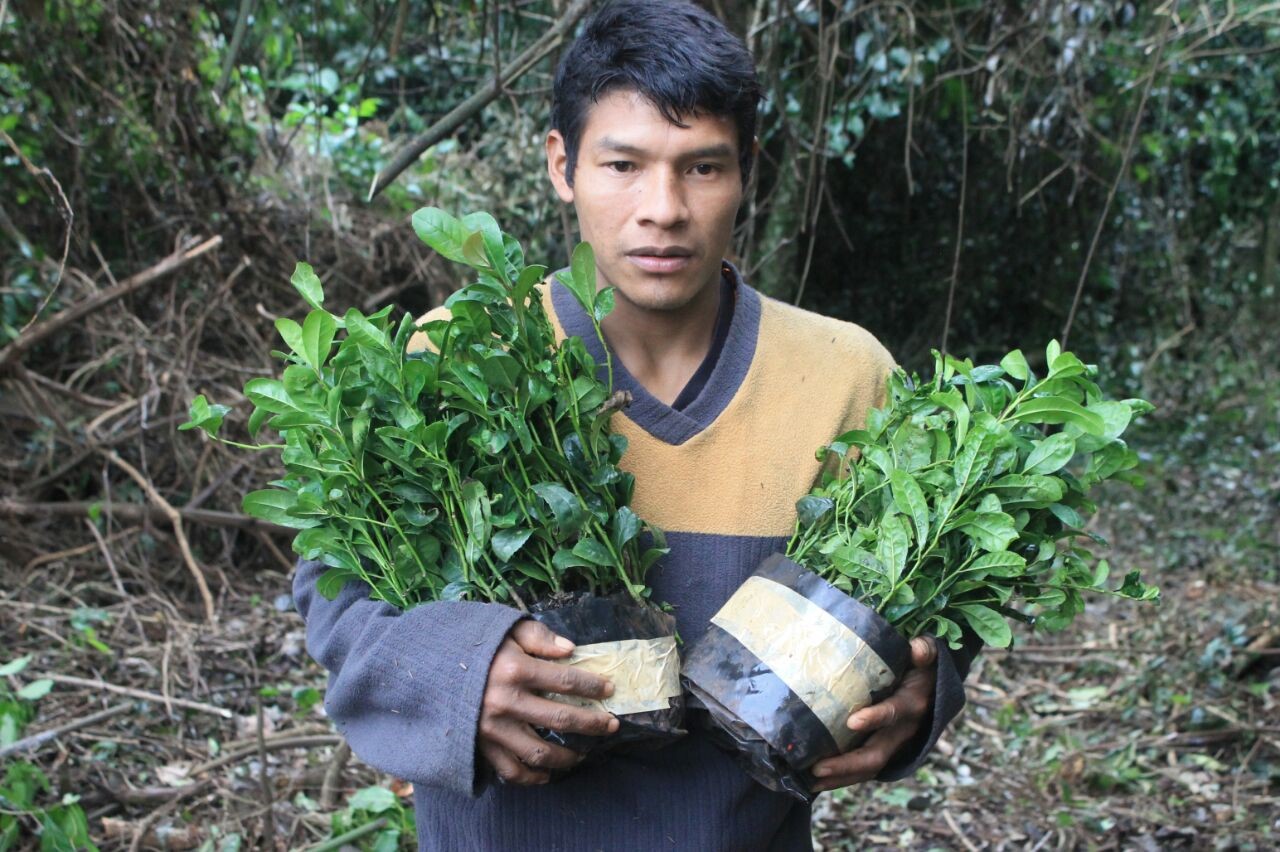
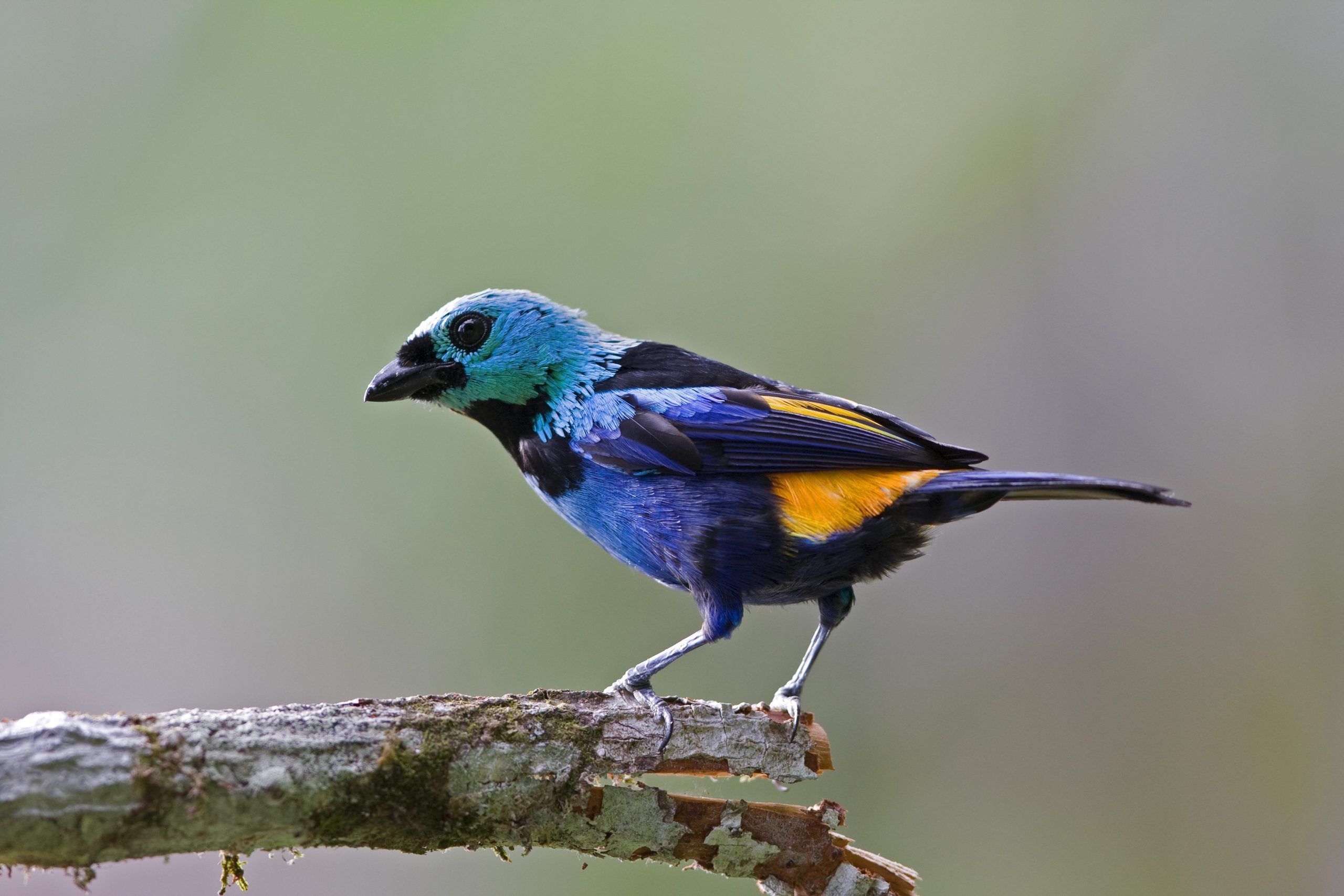
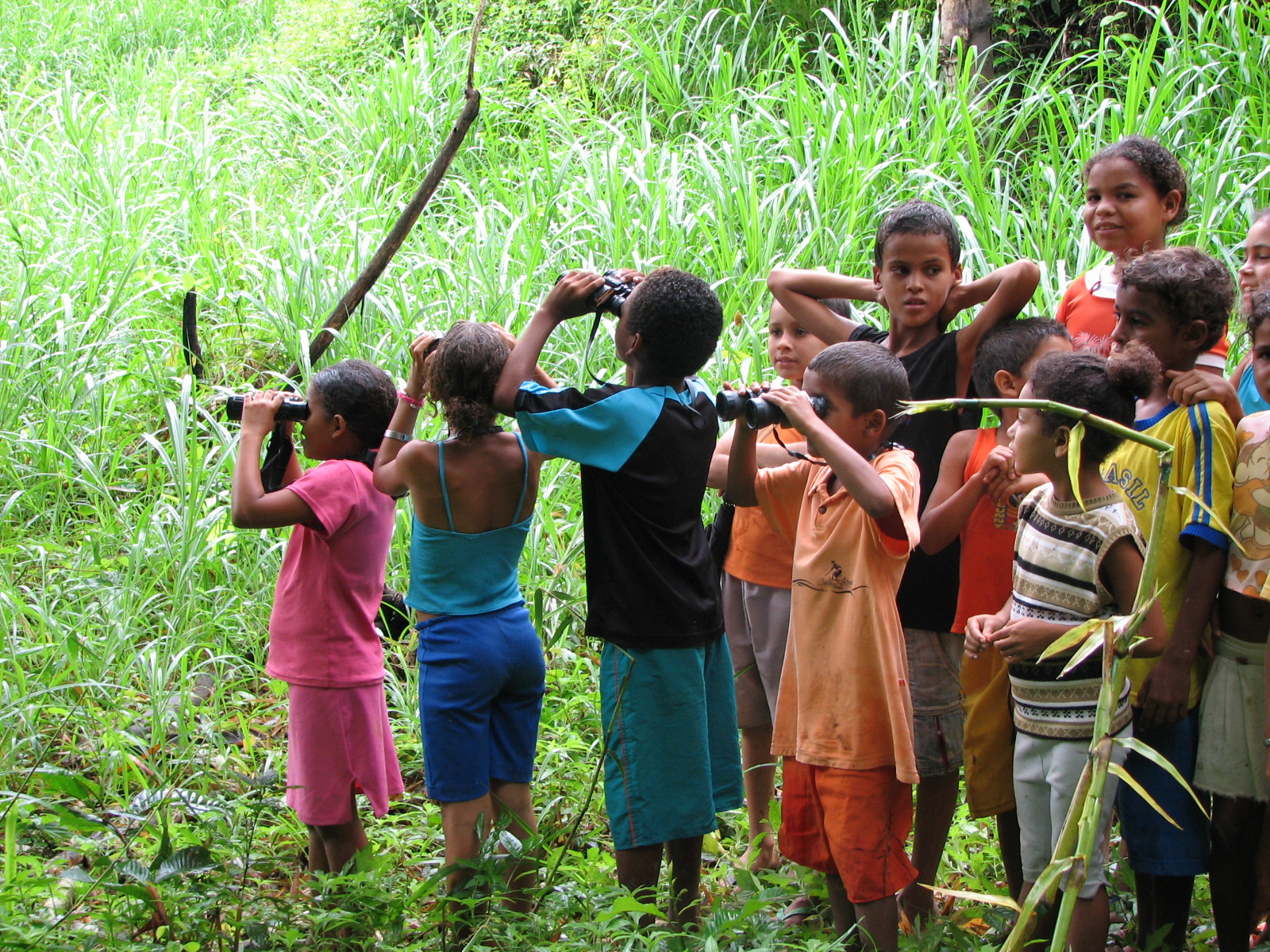
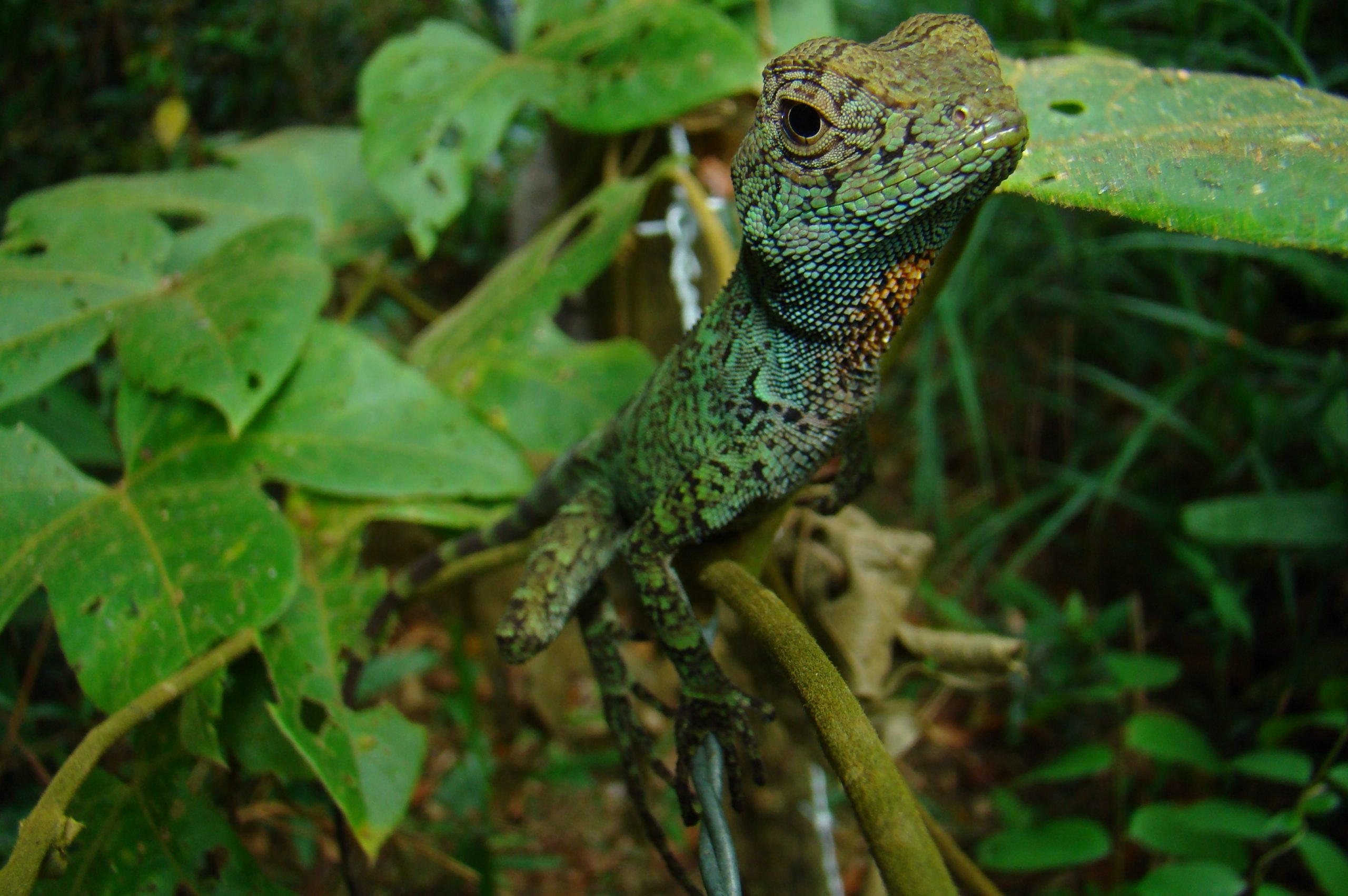


Helped to secure protection of over 51,000 hectares of forest, reaching formal conservation agreements with 25 landowners, over 80 people trained in sustainable agriculture, land use and marketing, and a forest-friendly certification programme for Yerba Mate developed in Argentina.
Trillion Trees’ partner BirdLife International (BLI) has been working in this region for over 30 years, helping conserve some of the most vital fragments of the Atlantic forest. To date more than 51,000 hectares have been formally protected.
A mix of direct and passive restoration techniques have been used to regrow more than 60 hectares to date, with plans to place at least an additional 75 hectares under restoration in the coming year. Advocacy activities are underway in all three countries, and sustainable management and business plans are in place at a number of sites.
Antonio Nazario Da Silva talks about his work with SAVE Brasil to protect and restore the precious Atlantic Forest at the Murici Ecological Station
Hear from Fabiana Benítez is regenerating forests through sustainable tea
You can also see Fabiana on Sky News talking about Guyra Paraguay’s work
Identifying Key Biodiversity Areas (KBAs), designing biological corridors to provide ecological connectivity between KBAs, improving forest protection and land management, promoting sustainable livelihoods, e.g. ecotourism and forest-friendly agriculture.
The urgency of saving the Atlantic Forest demands a bold approach. Trillion Trees’ partner BLI and local groups have joined forces to scale up solutions that have worked in smaller areas so far.
The work focuses on the restoration and guaranteed protection of strategic forest corridors. These will improve ecological connectivity between remaining fragments of the Atlantic Forest. This will require a combination of land purchase, community agreements and government commitments.
Building partnerships is key – particularly engaging with and empowering strong local leadership. Forest protection has to be planned and managed effectively, with monitoring and surveillance protocols and trained ranger teams. Landowners must have formal conservation agreements and sustainable land-use plans. They will be incentivised through government subsidies and support for forest-friendly crop-growing and responsible land management.
There will be support for ecotourism initiatives – generating income from the beauty of the forest and its wildlife. And also for sustainable agroforestry livelihoods, including the production of organic yerba mate – a traditional drink in Argentina, Paraguay, Uruguay and Brazil, that’s increasingly in-demand in the US and Europe. Yerba mate plants are native to the Atlantic Forest and can grow effectively beneath the forest canopy, which allows communities to protect forests and generate important income while doing so. In Northeastern Brazil, where our partner SAVE Brazil focuses its work, a mixed agroforestry system that includes lucrative fruit trees provides a more suitable forest-friendly model to local producers.
A more fertile forest also attracts more wildlife, specifically birds. Birds help spread seeds and pollinate flowers, and so the forest regenerates and grows. This ‘passive’ regeneration is combined with large-scale direct planting of native and productive trees. Local nurseries produce the tree seedlings ready for planting.
With increased support we will expand this work to secure more of the Atlantic Forest. We’re also showing that larger-scale regional partnerships, such as the Atlantic Forest Pact, are an effective way to tackle deforestation and enable reforestation globally.
Most people know the plight of South America’s Amazon rainforest. But we don’t hear enough about the once-mighty Atlantic Forest to its east.
The Atlantic Forest used to be one of the world’s largest forests, covering 1 million square kilometres on the eastern coastlines of Brazil, Paraguay and Argentina. Now, only around 15% of it remains across the biome – making it the most threatened of all tropical forests.
There is still so much worth saving here. Even in its current fragmented state, the Atlantic Forest is an incredible collection of eco-regions with biodiversity rivalling the Amazon. There are thousands of unique species not found anywhere else – including around 8,000 plant species and 200 types of birds. Ten of those birds are critically endangered – some down to just a few surviving adults. Two endemic bird species became extinct in just the past 20 years.
The destruction of the Atlantic forest is not a new phenomenon. The first European colonists, centuries back, started cutting down trees for timber and converting land for sugarcane, chocolate and coffee. But deforestation has accelerated as human settlements have grown. Around a third of South America’s population lives and works on and around this coastline. Rio de Janeiro and São Paulo alone are home to more than 19 million people. In recent decades huge swathes of former forest have been converted for intensive, industrial-scale soya plantations, pineapple farms or ranch lands for grazing cattle. Not to mention the blight of illegal logging.
The damaged remnants of the Atlantic Forest are fragmented – in places just tiny chunks of less than 0.5km2. This makes movement and safety of wildlife a particular problem. Illegal capture and trafficking of wild animals makes matters worse. This once-imposing forest has become a fragile ecosystem that we are in grave danger of losing completely.
But by acting now, and with sensitivity to local community needs, we can make a serious positive impact. Trillion Trees partner BirdLife has been working hard on the ground to safeguard the natural landscapes that remain. But investment is needed to help expand local conservation successes up to a region-wide scale.
Lead Partners: Aves Argentinas, SAVE Brasil, Guyra Paraguay
Lead Trillion Trees partner: BirdLife International